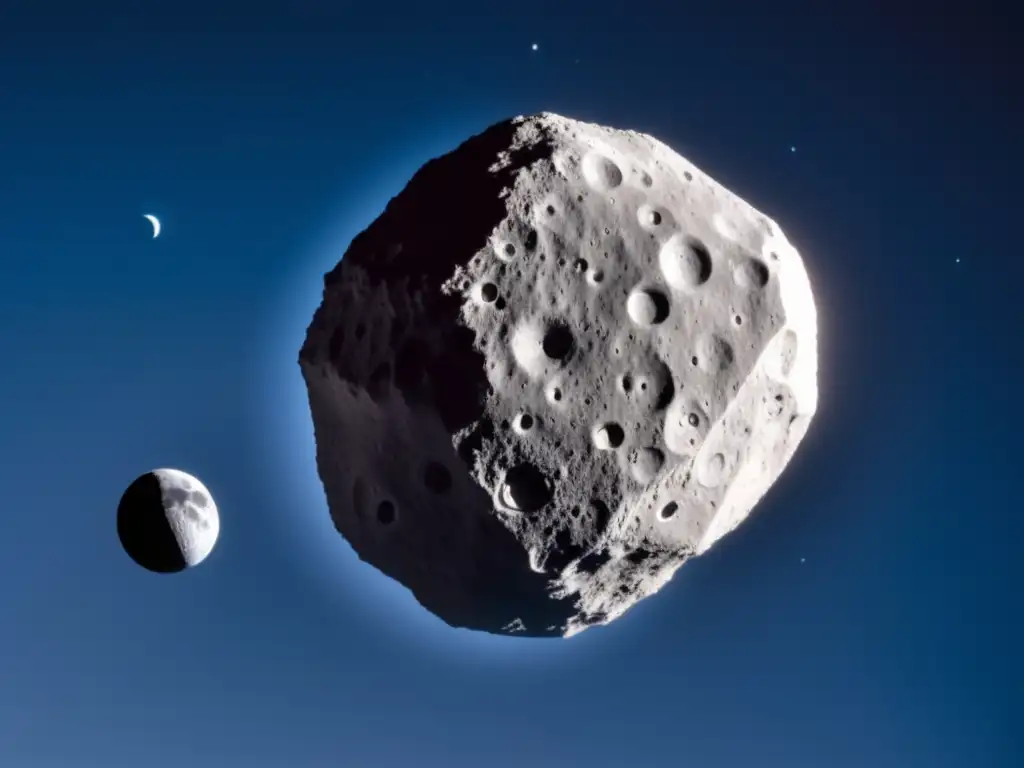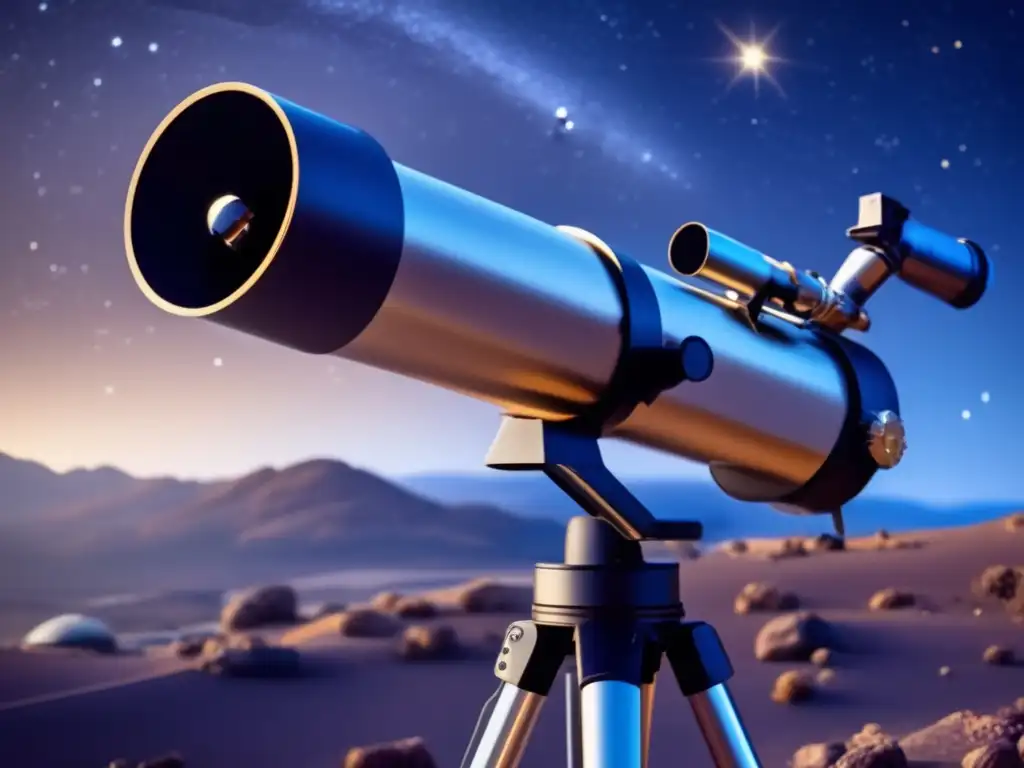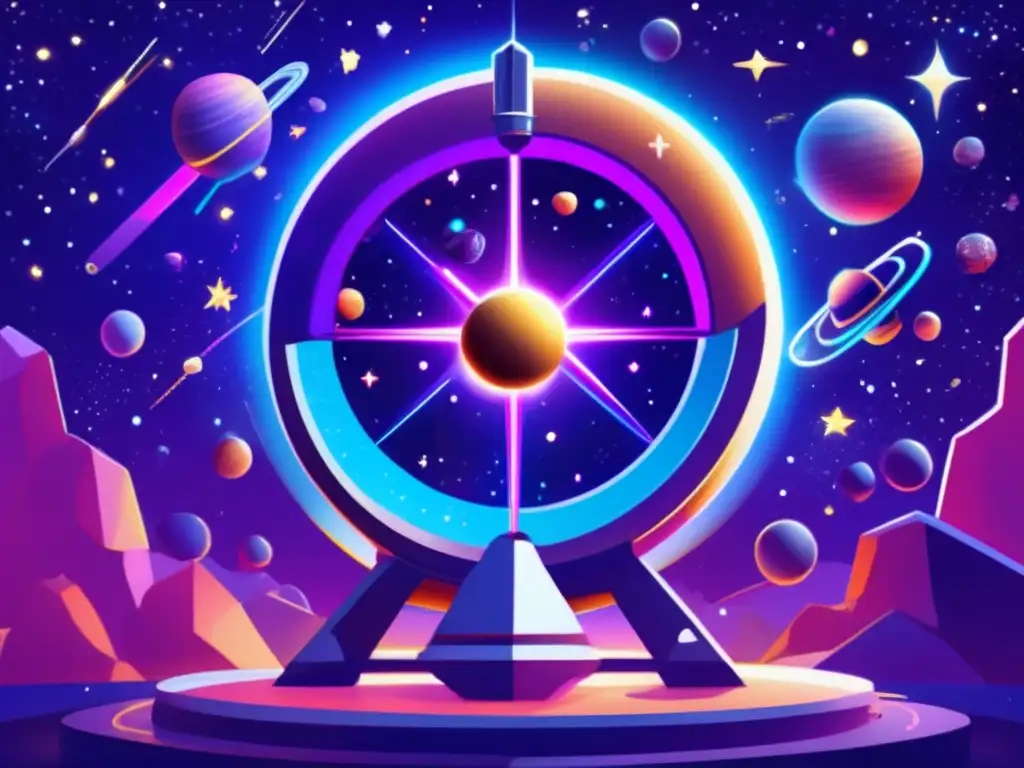The Basics Of Asteroid Observation For Beginners

Introduction
Asteroids, those rocky objects orbiting our Sun, have long fascinated astronomers and enthusiasts alike. Observing asteroids can provide valuable insights into the formation and evolution of our solar system. In this article, we will explore the basics of asteroid observation for beginners, including the tools and techniques used, as well as the importance of such observations for scientific research.
Choosing the Right Equipment

Telescopes
When it comes to observing asteroids, having a telescope is essential. A good-quality telescope allows you to see distant asteroids with more clarity. There are various types of telescopes available, including refractor, reflector, and compound telescopes. For beginners, a refractor telescope with an aperture of at least 70mm is recommended, as it provides a good balance between performance and cost.
Binoculars
While telescopes offer higher magnification, binoculars can be a great starting point for asteroid observation. They are portable, easy to use, and can provide a wider field of view, making it easier to locate and track asteroids. Look for binoculars with moderate magnification (around 7x to 10x) and a wide field of view.
Mounts and Tripods
To stabilize your telescope or binoculars and keep them steady during observations, a mount or tripod is essential. Equatorial mounts are particularly useful for tracking asteroids as they compensate for the Earth's rotation. Ensure that your mount or tripod is sturdy enough to support your equipment.
Locating and Tracking Asteroids

Stellarium Software
Stellarium is a popular planetarium software that can help you locate and track asteroids. It allows you to simulate the night sky and displays the positions of celestial objects, including asteroids. By entering the coordinates and time, you can accurately determine the location of a particular asteroid at a given time.
Sky Maps and Apps
For those who prefer physical maps or smartphone apps, there are numerous sky maps and apps available that provide detailed information about asteroids and their positions in the sky. These tools can help you plan your observation sessions and identify specific asteroids of interest.
Asteroid Tracking Websites
Several websites, such as the Minor Planet Center and NASA's Near-Earth Object Program, provide real-time data and orbital information about asteroids. These websites allow you to search for specific asteroids and provide updates on their positions and movements. They also offer valuable tools and resources for amateur astronomers.
Tips for Successful Observations

Choose a Dark Sky Location
To minimize light pollution and maximize the visibility of asteroids, it is best to observe from a dark sky location away from city lights. Rural areas or designated observatories are ideal for clear and unobstructed views of the night sky.
Be Patient and Observant
Observing asteroids can sometimes be challenging, especially if they are faint or located near bright stars. Patience and attentiveness are key. Take your time to scan the sky and look for any unusual objects or movements. Pay attention to details and note any changes in brightness or position.
Keeping a logbook of your observations can be valuable for both personal reference and scientific contributions. Note down the date, time, location, and any relevant details about the observed asteroids. You can also contribute your observations to asteroid monitoring programs or amateur astronomy communities.
Frequently Asked Questions

-
Can I observe asteroids with the naked eye?
While some brighter asteroids can be visible to the naked eye, a telescope or binoculars are recommended for a detailed view.
-
How do astronomers classify different types of asteroids?
Astronomers classify asteroids based on their composition, size, and orbit characteristics.
-
Are there any upcoming asteroid events or flybys I can observe?
Yes, many asteroids have scheduled close approaches to Earth. Check asteroid tracking websites for upcoming events.
-
What is the difference between asteroids and comets?
While both are remnants from the early solar system, asteroids are made mostly of rock and metal, whereas comets are composed of ice and dust.
-
How can I contribute to asteroid research as an amateur observer?
You can contribute by joining citizen science projects, reporting observations to relevant organizations, and collaborating with professional astronomers.
Conclusion
Asteroid observation provides a fascinating glimpse into the cosmic history of our solar system. By understanding the basics of asteroid observation and using the right equipment and tools, beginners can actively engage in this exciting field of study. Remember, patience and perseverance are key to successful observations. Share your experiences, contribute to scientific research, and continue exploring the wonders of asteroids.
Encourage the reader to share their thoughts in the comments section and to positively interact with www.asteroidrealm.com, whether by subscribing, sharing the article on social networks, or other forms of participation. Thank the reader for their time and attention.
Additional Resources

For more information and resources on asteroid observation, visit the following links:
 Choosing The Right Telescope For Asteroid Tracking
Choosing The Right Telescope For Asteroid Tracking How To Use A Dobsonian Telescope For Asteroid Observation
How To Use A Dobsonian Telescope For Asteroid Observation Understanding The Movement Of Asteroids In The Night Sky
Understanding The Movement Of Asteroids In The Night SkyIf you want to discover more articles similar to The Basics Of Asteroid Observation For Beginners, you can visit the Telescopes and Asteroid Observation category.
Leave a Reply

Articulos relacionados: